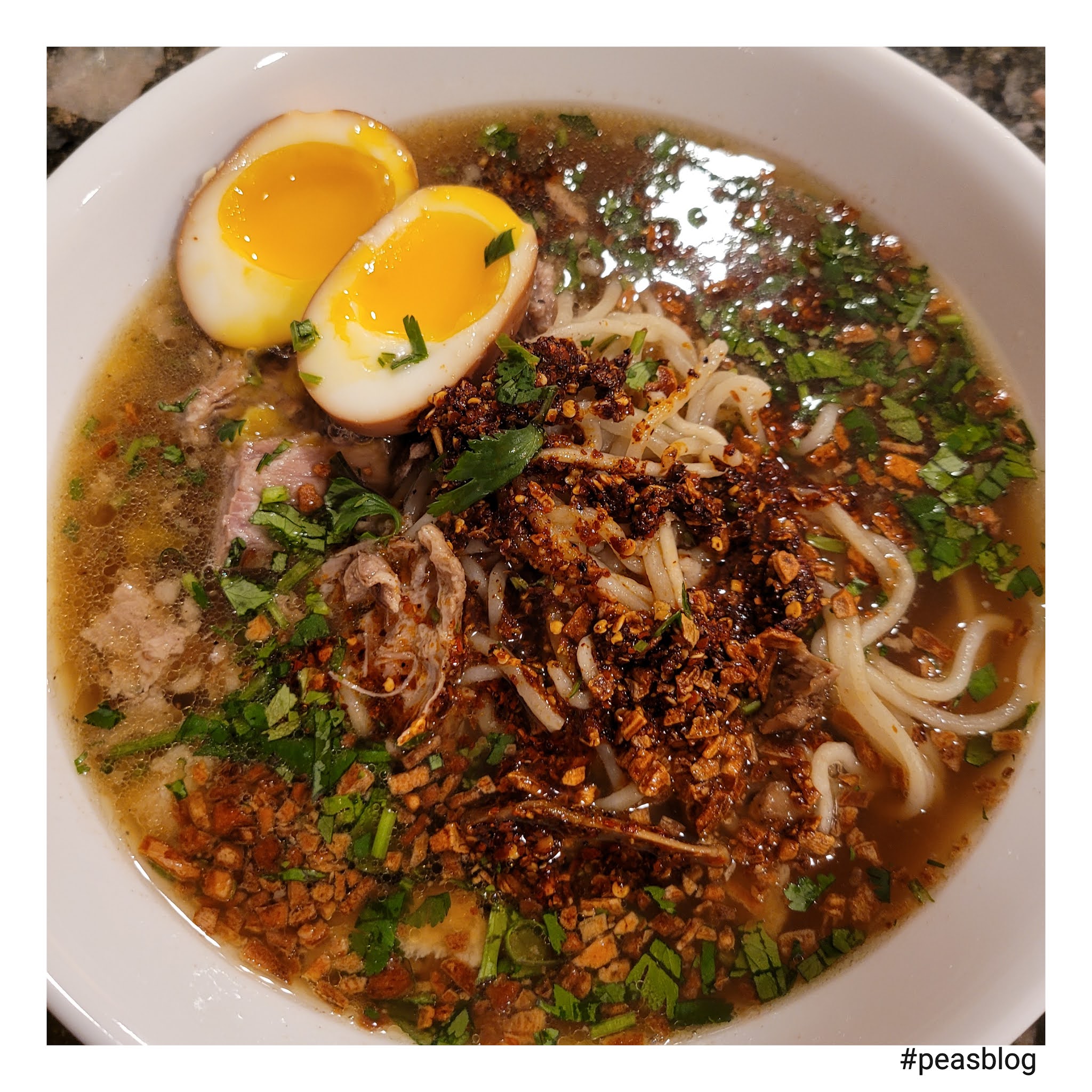Understanding Ramen Noodle Infection: Causes, Symptoms, And Prevention
Ramen noodle infection is a growing concern that can affect anyone who enjoys this popular dish. As ramen noodles have gained immense popularity worldwide, awareness of possible foodborne illnesses linked to them has also increased. In this comprehensive article, we will delve into the causes, symptoms, and prevention methods associated with ramen noodle infection, ensuring that you can enjoy your favorite meal safely.
Many people are unaware that improper handling or cooking of ramen noodles can lead to various infections, often caused by bacteria or other pathogens. This article will provide insightful information on how to recognize the signs of infection, the best practices for cooking and handling ramen noodles, and the importance of food safety. Understanding these aspects is crucial for anyone who loves this delightful dish.
From the historical background of ramen to the modern-day implications of food safety, we will cover everything related to ramen noodle infection. Whether you are a ramen enthusiast or a casual consumer, this article aims to equip you with the knowledge to enjoy ramen without the risk of infection.
Table of Contents
- Biography of Ramen Noodles
- Causes of Ramen Noodle Infection
- Symptoms of Ramen Noodle Infection
- Prevention Methods
- Cooking Tips for Safe Ramen
- Common Myths About Ramen
- Statistics on Foodborne Illnesses
- Conclusion
Biography of Ramen Noodles
Ramen noodles originated in China and were introduced to Japan in the late 19th century. They quickly became a staple in Japanese cuisine, evolving into various regional styles and flavors. Today, ramen is enjoyed globally, with countless variations available in restaurants and instant noodle packages.
Personal Data and Biodata
| Attribute | Details |
|---|---|
| Origin | China |
| Introduction to Japan | Late 19th Century |
| Global Popularity | 20th Century - Present |
| Common Ingredients | Wheat flour, water, salt, and kansui (alkaline mineral water) |
Causes of Ramen Noodle Infection
Ramen noodle infections can arise from various causes, primarily linked to improper food handling and preparation. Here are some common causes:
- Improper Cooking: Undercooked noodles may harbor bacteria.
- Cross-Contamination: Mixing raw ingredients with cooked noodles can introduce pathogens.
- Improper Storage: Storing cooked noodles at room temperature can facilitate bacterial growth.
Symptoms of Ramen Noodle Infection
Recognizing the symptoms of a ramen noodle infection is crucial for timely treatment. Common symptoms include:
- Nausea
- Vomiting
- Diarrhea
- Abdominal cramps
If you experience these symptoms after consuming ramen noodles, it is essential to seek medical attention.
Prevention Methods
Preventing ramen noodle infections involves adopting safe food handling practices. Here are some tips to reduce the risk:
- Cook Thoroughly: Ensure noodles are cooked to the recommended temperature.
- Avoid Cross-Contamination: Use separate utensils for raw and cooked foods.
- Store Properly: Refrigerate leftovers promptly and consume them within a few days.
Cooking Tips for Safe Ramen
To enjoy ramen safely, consider these cooking tips:
- Use fresh ingredients to minimize the risk of contamination.
- Boil water before adding noodles to ensure they cook evenly.
- Do not leave cooked noodles at room temperature for more than two hours.
Common Myths About Ramen
There are several myths surrounding ramen that can lead to misconceptions about its safety:
- Instant Ramen is Always Safe: Instant ramen can still pose risks if not prepared correctly.
- Ramen Noodles Don't Spoil: Ramen noodles can go bad, especially if improperly stored.
Statistics on Foodborne Illnesses
Foodborne illnesses are a significant public health concern. According to the Centers for Disease Control and Prevention (CDC):
- 1 in 6 Americans gets sick from contaminated foods or beverages each year.
- Approximately 128,000 people are hospitalized due to foodborne illnesses annually.
Conclusion
In conclusion, understanding ramen noodle infection is essential for anyone who enjoys this popular dish. By recognizing the causes, symptoms, and prevention methods, you can enjoy ramen safely. Remember to practice proper food handling and cooking techniques to reduce the risk of infection.
We encourage you to share your thoughts in the comments below, and if you found this article helpful, consider sharing it with your friends. For more information on food safety, check out our other articles.
Thank you for reading! We hope to see you again soon for more insightful content.
Ramen Noodles Recall September 2024: What You Need To Know
Ramon Noodles: The Ultimate Guide To The Beloved Instant Noodle
Ice Spice Sex Tape: Unveiling The Truth Behind The Controversy



